Increased Urbanization
The trend of urbanization appears to be a significant driver for the Drinking Fountains Market. As populations migrate towards urban centers, the demand for public amenities, including drinking fountains, rises. Urban areas often face challenges related to water accessibility, and drinking fountains serve as a solution to provide clean drinking water in public spaces. According to recent data, urban populations are expected to reach 68% by 2050, which could lead to a substantial increase in the installation of drinking fountains in parks, schools, and public buildings. This trend suggests that municipalities may prioritize the installation of drinking fountains to enhance public health and convenience, thereby driving growth in the Drinking Fountains Market.
Technological Advancements
Technological advancements in the design and functionality of drinking fountains are likely to propel the Drinking Fountains Market forward. Innovations such as touchless operation, filtration systems, and smart technology integration are becoming increasingly prevalent. These advancements not only enhance user experience but also ensure the delivery of clean and safe drinking water. For example, touchless fountains reduce the risk of contamination, which is particularly appealing in public settings. Market data indicates that the adoption of smart drinking fountains, which can monitor water quality and usage, is on the rise. This technological evolution suggests that the Drinking Fountains Market may experience growth as consumers and organizations seek modern solutions for hydration.
Rising Health Consciousness
The increasing awareness of health and wellness among consumers is a notable driver for the Drinking Fountains Market. As individuals become more health-conscious, there is a growing preference for drinking water over sugary drinks. This shift in consumer behavior is reflected in market data, which indicates that bottled water consumption has been steadily increasing, while sugary beverage consumption has declined. Drinking fountains provide a convenient and accessible source of hydration, particularly in public spaces such as gyms, schools, and parks. This trend suggests that the Drinking Fountains Market could see a rise in demand as more facilities recognize the importance of providing easy access to clean drinking water for health-conscious consumers.
Environmental Sustainability
The growing emphasis on environmental sustainability is a critical driver for the Drinking Fountains Market. As concerns about plastic waste and environmental degradation intensify, there is a concerted effort to promote alternatives to single-use plastic bottles. Drinking fountains serve as a sustainable solution by providing a refillable source of water, thereby reducing reliance on bottled water. Data shows that The Drinking Fountains Market is projected to reach significant figures, highlighting the need for sustainable alternatives. Municipalities and organizations are increasingly recognizing the importance of installing drinking fountains in public spaces to support sustainability initiatives. This trend indicates that the Drinking Fountains Market may benefit from heightened awareness and demand for eco-friendly hydration solutions.
Government Regulations and Initiatives
Government regulations and initiatives aimed at promoting public health and environmental sustainability are likely to influence the Drinking Fountains Market. Many governments are implementing policies that encourage the installation of drinking fountains in public spaces to reduce plastic waste from bottled water. For instance, legislation mandating the provision of drinking water in schools and public parks is becoming more common. This regulatory push is supported by data indicating that access to drinking water can significantly reduce the consumption of sugary beverages, thereby promoting healthier lifestyles. As a result, the Drinking Fountains Market may experience growth as municipalities and organizations respond to these regulations by investing in new installations and upgrades.


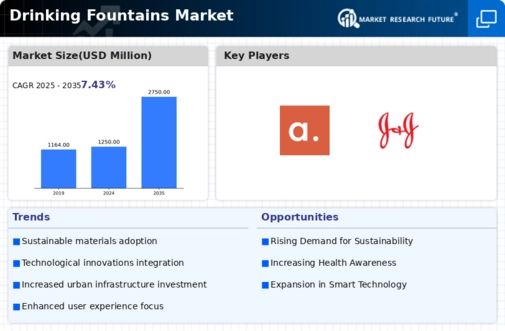
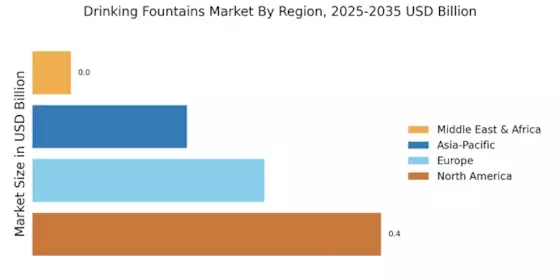
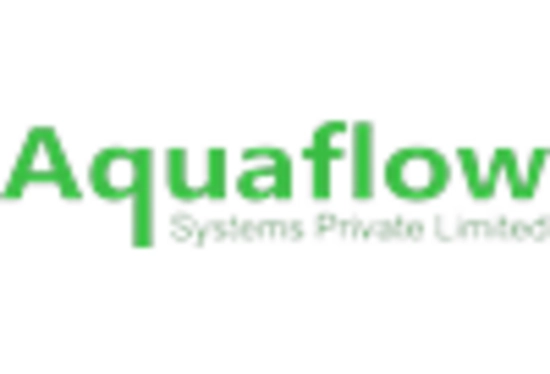

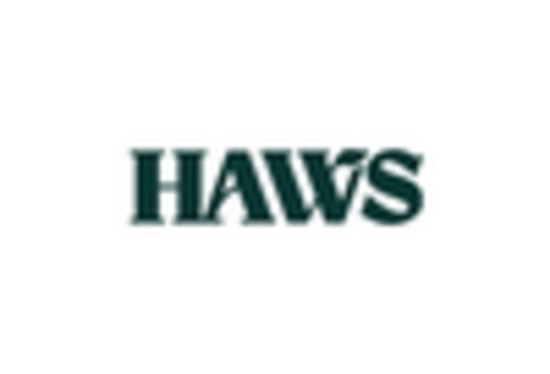
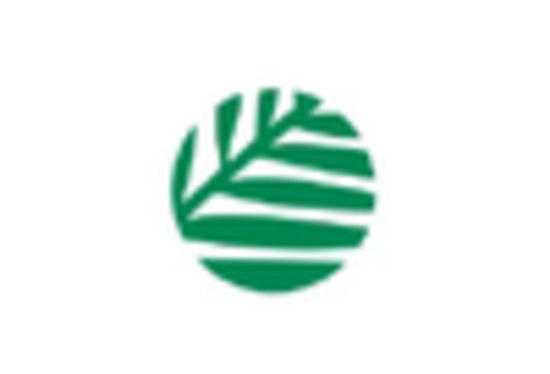
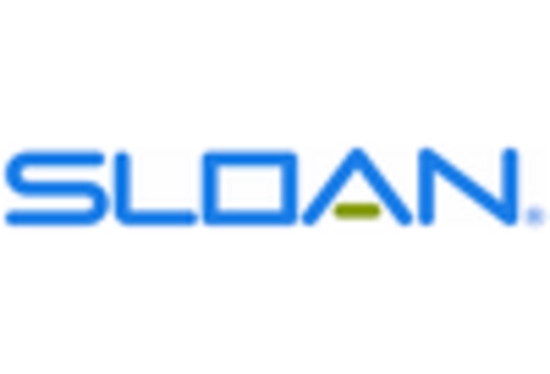
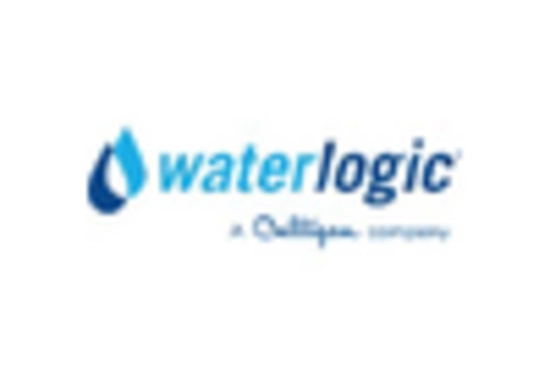








Leave a Comment